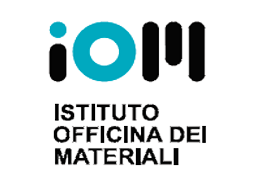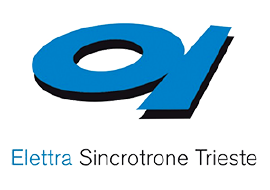FACILITY AT NFFA-TRIESTE
Within thermal vapor deposition method, several different forms are selected, depending on the material deposited. For materials less reactive, the source materials are heated in metallic crucibles with a high melting temperature (e.g. Tungsten, Molybdenum) by electron bombardment. For the materials reactive to Tungsten and Molybdenum, or with quite high evaporation (sublimation) temperature, the rod shaped source materials are directly heated by electron bombardment. For most metallic source materials, we apply the former method, because the loss of the source materials is less and high growth rate is available. The latter has an advantage that the good vacuum is easily obtained during the deposition because the heated volume is less. For both systems, cooling water system is applied in order to keep good vacuum. Ceramic crucibles and quartz crucibles are also used for some materials. The growth rate of the thin film can be tuned from 0.1 to 10 nm per minutes.
A series of thermal evaporation sources are available at NFFA-Trieste. All the evaporation sources can be fit to the UHV chambers of the APE suite, and can be reached by sample substrates via the APE UHV distribution system. Evaporation ports available for the cells (also for users' or customized cells) are available at:
a. 3 sources within the Surface and Nano Science Lab chambers
b. 2 sources within the "Tube chamber" along the transfer path to APE-LE (ARPES)
c. 2 sources within the Organic molecule chamber (on the UHV radial distributor chamber).
The sources can also be fitted in the Masked-deposition chamber of the MBE cluster as well as in the preparation chamber of the ULTRASPIN apparatus.







